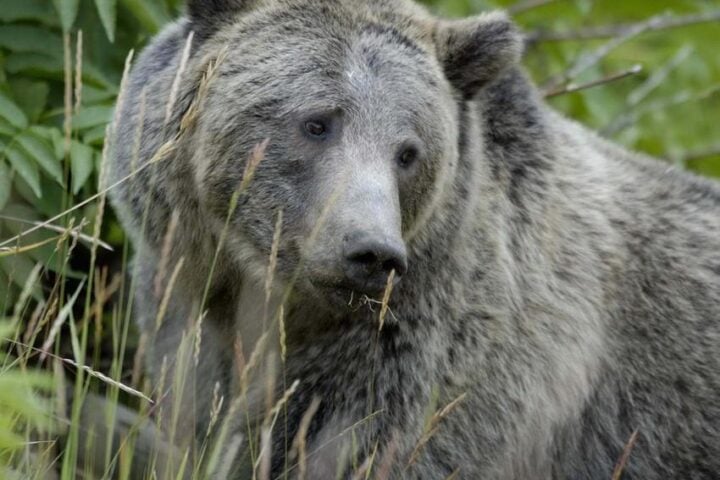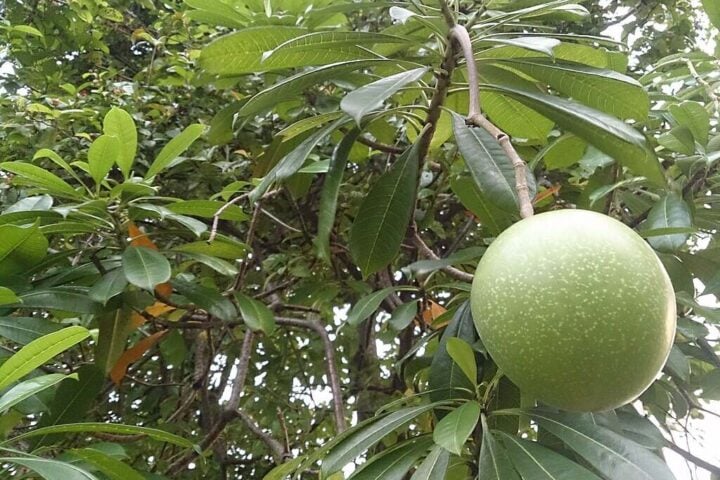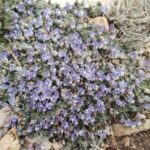Like humans, who have used medicinal plants for thousands of years to improve their health, chimpanzees also employ them to treat their illnesses, according to a recent study led by the University of Oxford.
“Wild chimpanzees consume several different plants, including some that are nutritionally poor but can treat or alleviate disease symptoms. However, until now, it has been difficult to determine whether chimpanzees self-medicate, intentionally seeking out plants with properties that help their specific ailments, or passively consume plants that happen to be medicinal,” the research published in the journal PLOS ONE states.
To conduct the study, a team of researchers combined observations of wild chimpanzee behavior (Pan troglodytes) with pharmacological analyses of the plants they consume that could have medicinal properties. They observed the behavior and health of 51 chimpanzees from two communities in the Budongo Central Forest Reserve in Uganda, which were accustomed to human presence.
Next, they collected plant extracts from 13 species of trees and herbs in the reserve suspected to be used by chimpanzees for self-medication. These included plants observed being consumed by sick or injured chimpanzees that were not part of their normal diet, and plants that previous research suggested chimpanzees might consume for their medicinal properties.
Similar Post
The researchers found that 88 percent of the plant extracts analyzed inhibited bacterial growth and that 33 percent possessed anti-inflammatory properties. “Dead wood from a tree in the Dogbane family (Alstonia boonei) showed the strongest antibacterial activity and also had anti-inflammatory properties, suggesting that the chimpanzees may consume it to treat wounds. Interestingly, Alstonia boonei is also used as a medicinal plant in East African communities to treat a variety of conditions, including bacterial infections, gastro-intestinal issues, snake bites, and asthma,” the University of Oxford stated in a release.
The bark and resin of the East African Mahogany tree (Khaya anthotheca) and the leaves of a fern (Christella parasitica) exhibited potent anti-inflammatory effects. Researchers observed a male chimpanzee with an injured hand seeking out and consuming fern leaves, which may have helped reduce pain and swelling. Additionally, they documented an individual with a parasitic infection consuming bark from the Cat Thorn tree (Scutia myrtina), which had never been observed before in this chimpanzee group. Tests revealed that this bark had anti-inflammatory and antimicrobial properties.
“To study wild chimpanzee self-medication you have to act like a detective—gathering multidisciplinary evidence to piece together a case. After spending months in the field collecting behavioral clues that led us to specific plant species, it was thrilling to analyze the pharmacological results and discover that many of these plants exhibited high levels of bioactivity,” said Lead author Dr Elodie Freymann, from the University of Oxford’s School of Anthropology & Museum Ethnography.
With antibiotic-resistant bacteria and chronic inflammatory diseases becoming urgent global health challenges, researchers suggest that medicinal plants in Budongo Central Forest Reserve could help develop new valuable drugs.
“To study wild chimpanzee self-medication you have to act like a detective—gathering multidisciplinary evidence to piece together a case,” said Dr Elodie Freymann.
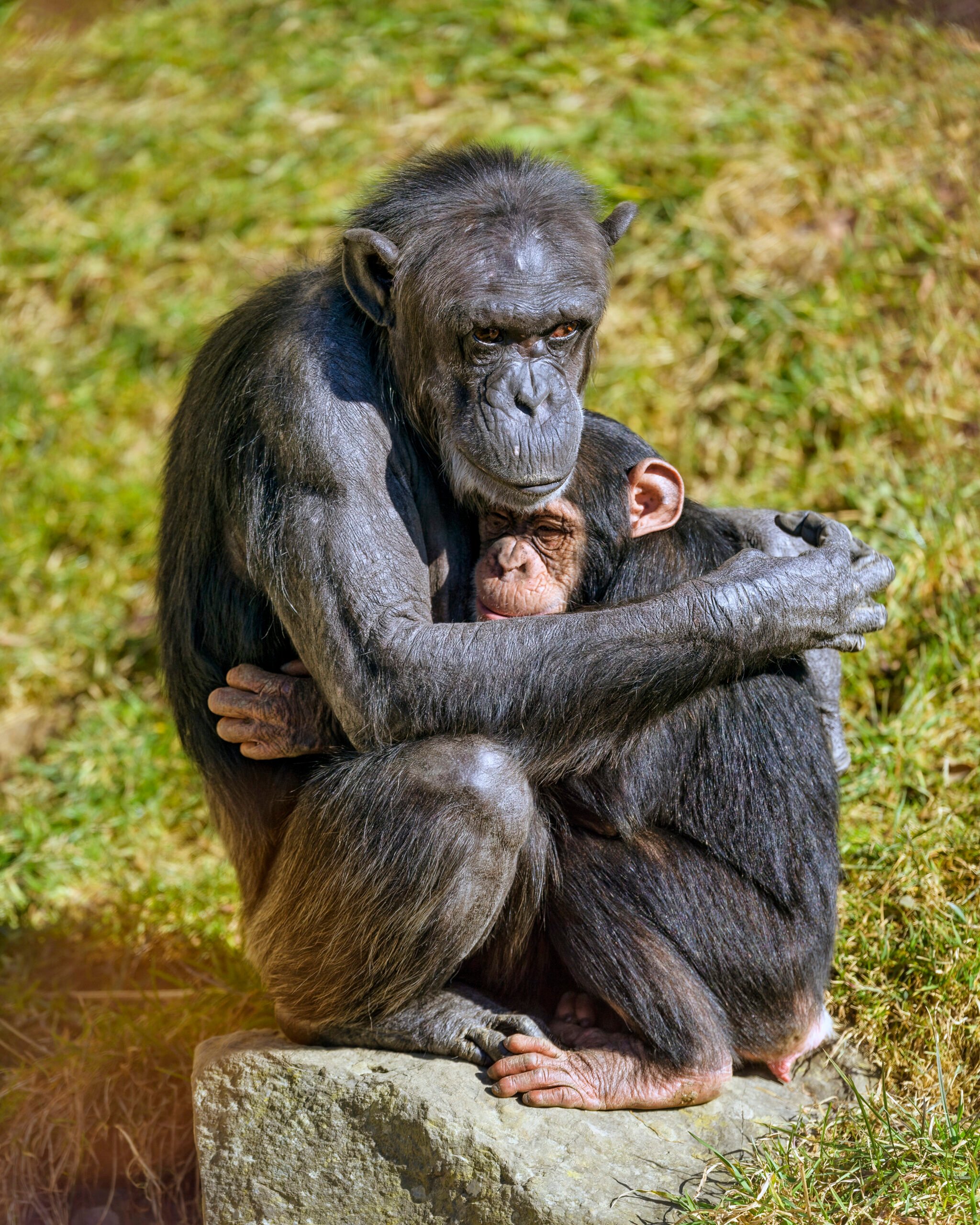
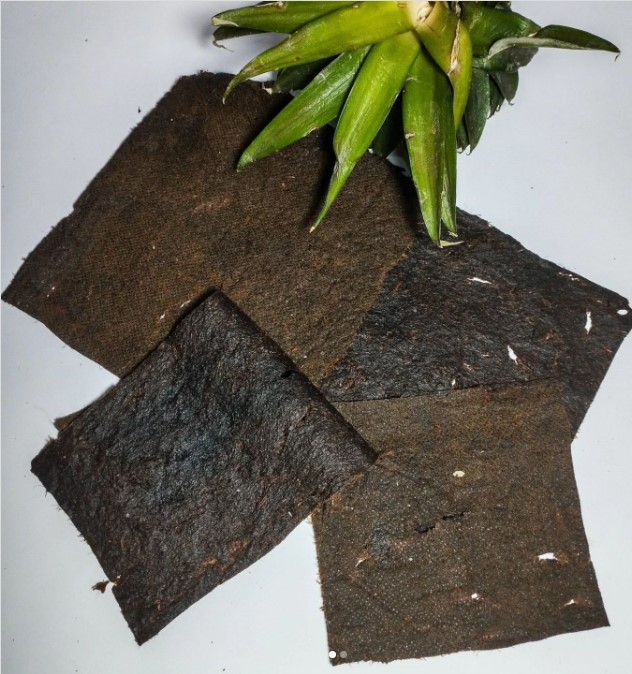





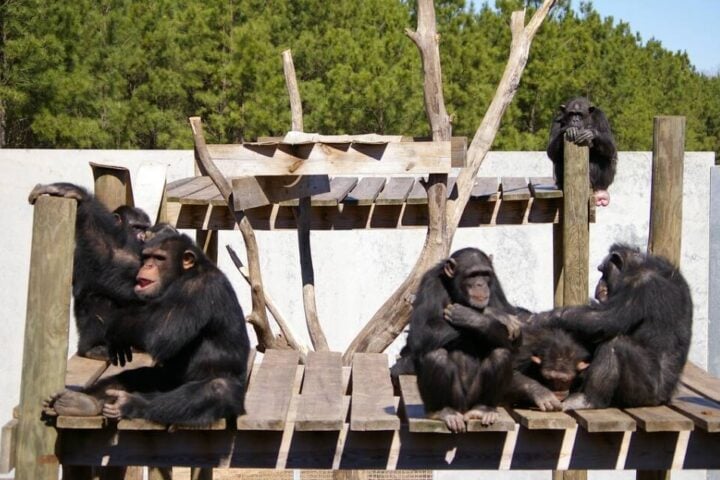


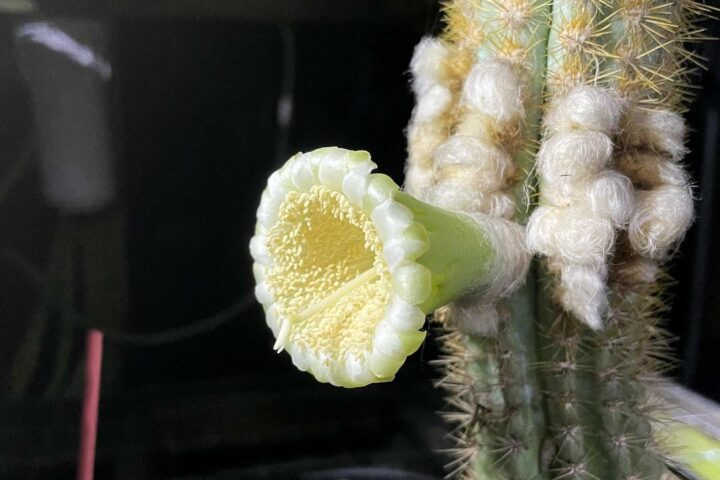
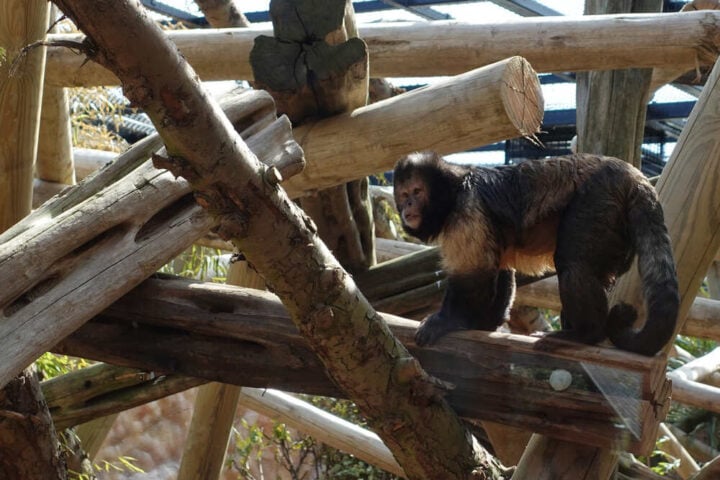


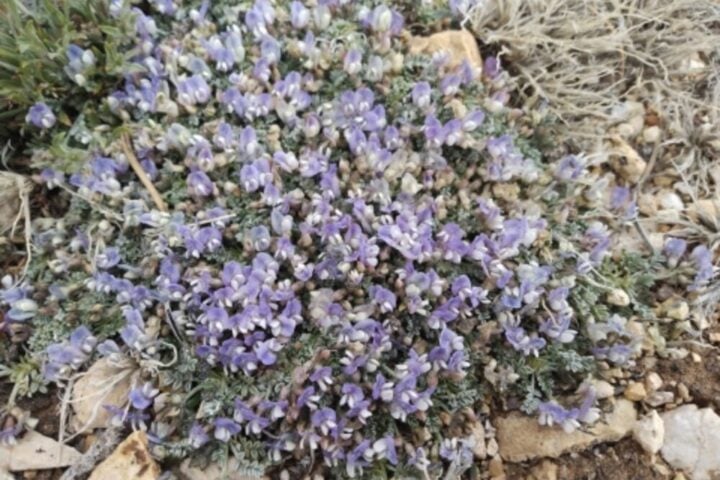
![Representative Image: European Starling [49/366]. Photo Source: Tim Sackton (CC BY-SA 2.0)](https://www.karmactive.com/wp-content/uploads/2025/04/Starlings-Drop-82-in-UK-Gardens-as-Birdwatch-2025-Reveals-Record-Low-Count-Since-1979-720x480.jpg)
